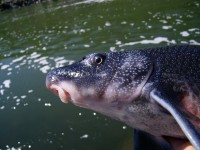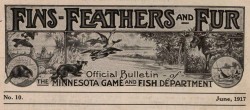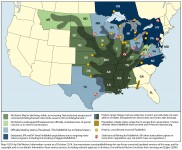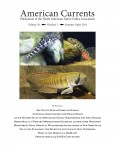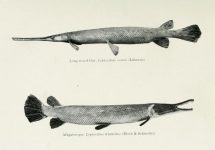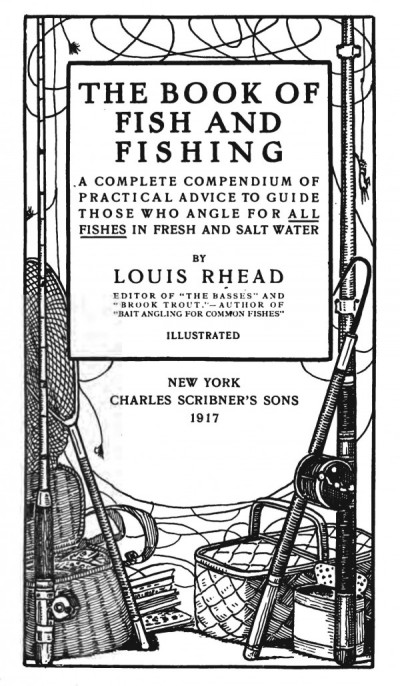Gar Peril! Iowa, 1912
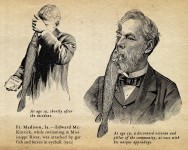
Browsing old newspapers for interesting fish stories, I uncovered a very brief item of massive importance and interest. That this has remained hidden so long may be evidence of a cover-up (though there is, as yet, no way to know how high this goes). There are, in this single sentence, more stories than young Edward himself might have wanted us to find. (See note below about this image of the paper.) If you have ever… Continue reading




